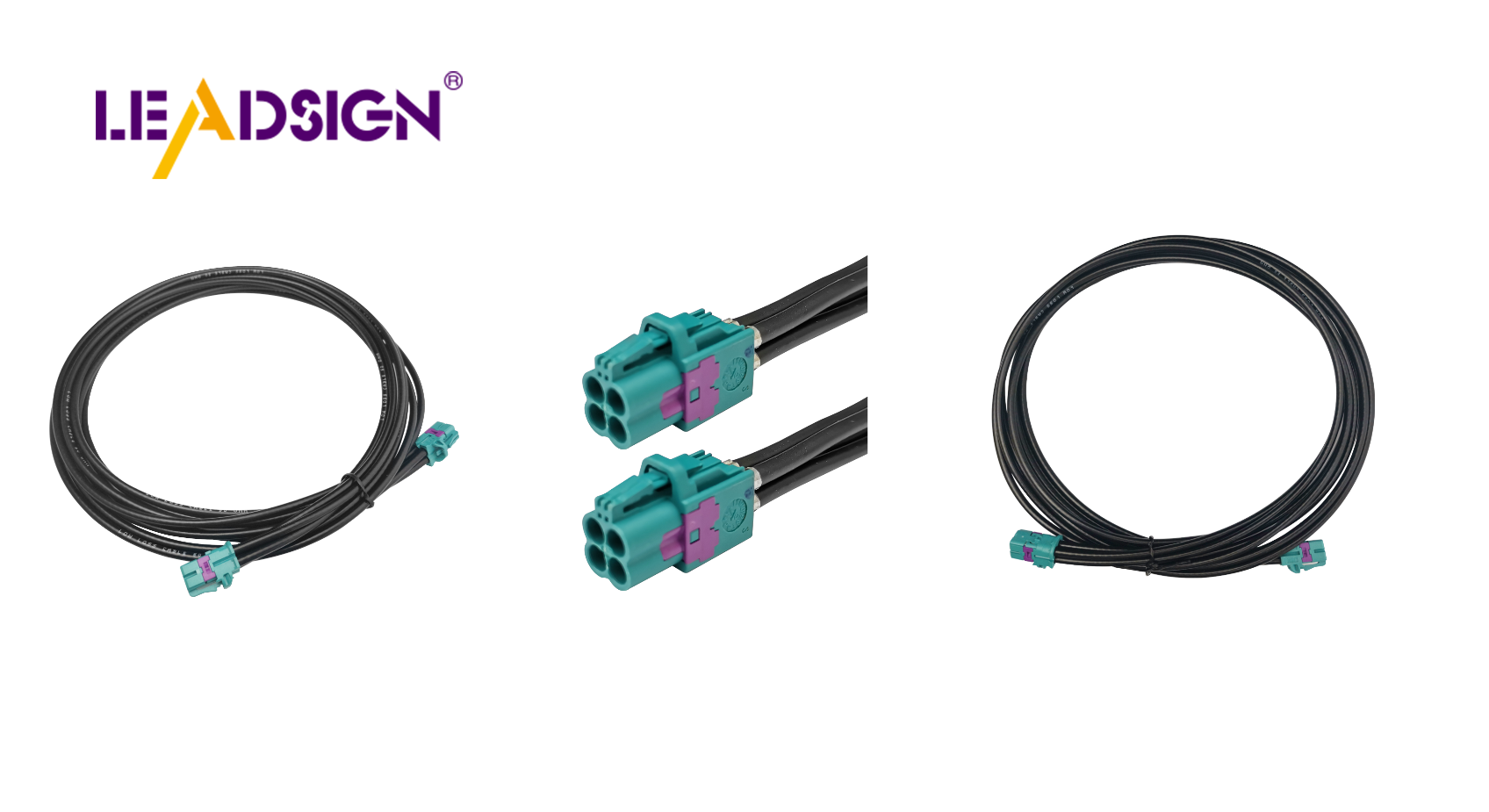Understanding Automotive Wiring Connector Types

Car connectors, a vital category of automotive electrical connectors types, are important for vehicle systems. They keep electrical connections working well, which is key for system functions. These connectors help electricity move between parts, aiding engine work and entertainment systems. Picking the right connector is crucial for each use. Each type has special features for different needs, ensuring safety and efficiency. Knowing about car connectors helps make smart choices, boosting both car performance and life span.
Automotive connectors are key for car safety and work well. They keep wires connected to stop problems or crashes. These parts help brakes, steering, and lights work right. Good connectors also make music and maps better in the car.
Connectors are made from different stuff like plastic and metal. Plastic stops rust, while metal is strong and lets electricity pass. Makers think about heat, shaking, and easy use when making them. This helps them last in tough car places.
Connectors move power around the car. They link the battery to parts like the engine and lights. This keeps everything running smoothly.
They also send signals between car parts. Signals go from sensors to control units to help things like cruise control work well. Good signal sending makes cars safer and better.
Types of Car Electrical Connectors
Car connectors are important for making cars work well. They come in different shapes and sizes for special jobs. Knowing about them helps pick the right one.
By Use
Power Connectors
Power connectors help move energy from the battery to parts like the engine and lights. They must handle lots of power safely. Makers build them strong to stay connected even if the car shakes or bumps.
Signal Connectors
Signal connectors send information between car parts, like sensors and control units. This helps things like cruise control work right. They need to keep signals clear so nothing gets mixed up.
By Features
Weatherproof Connectors
Weatherproof connectors keep water and dirt out. This makes them last longer, even in bad weather. They're used in places like outside lights or near engines.
High-Temperature Connectors
High-temperature connectors can take a lot of heat without breaking down. They're used near hot spots like engines or exhausts to stop problems.
Knowing about these connectors helps choose the best one for each job in a car, keeping it safe and working well.
Installation Techniques and Best Practices
Installing car connectors right makes them last long. Using the correct tools stops problems and helps the car's electrical system work better.
Proper Installation Methods
Tools Needed
To put in car connectors well, you need certain tools:
Wire Strippers: These take off wire covers without harm.
Crimping Tools: These join wires to connectors tightly.
Screwdrivers: These tighten or loosen screws on connectors.
Multimeter: This checks if electricity flows correctly.
Step-by-Step Guide
Preparation: Gather all tools and items. Turn off the car to stay safe.
Wire Stripping: Use strippers to remove half an inch of cover from wires. This shows metal for connecting.
Connector Selection: Pick the right connector for the job. Make sure it fits the wire size and use.
Crimping: Put the bare wire into the connector. Use a crimper to press them together well for a strong link.
Connection: Attach the connector to its part or wire snugly so it stays put.
Testing: Use a multimeter to check connections are good with right voltage levels.
Maintenance Tips
Checking car connectors often stops problems and keeps them working longer.
Regular Check and Clean
Visual Inspection: Look at connectors often for wear, rust, or damage. Replace bad ones fast.
Cleaning: Use cleaner spray to clear dirt from connectors for best performance.
Fixing Common Problems
Loose Connections: If loose, re-crimp or change it for a tight fit.
Corrosion: Clean rusty parts with cleaner; replace if still bad.
Signal Loss: If signals are weak, check connectors for harm; fix or swap as needed.
By doing these steps and care tips, car connectors will work well, keeping cars safe and running smoothly.
Q&A: Common Problems and Fixes
Common Questions
How to Spot a Bad Connector?
Finding a bad connector needs careful looking and testing. A bad connector might look worn out or broken. Check for pins that are bent or snapped, as they can mess up the link. Rust on metal parts shows there's an issue too. If connectors fit loosely, it can cause power problems.
To be sure it's faulty, use a multimeter. This tool checks if electricity flows right. If the multimeter shows no flow or wrong voltage, the connector is likely bad. Checking often helps find these issues early, stopping bigger car problems.
What to Do if a Connector Breaks?
If a connector breaks, act fast to keep the car safe and working. First, know what type of connector it is. Car connectors come in different types, so knowing helps get the right new one. Take out the broken connector gently to avoid more harm.
Swap it with a new one that matches exactly. Make sure it fits tight and stays connected well. Use tools like crimpers to attach it right. After putting it in, test with a multimeter to ensure it's working fine.
Happy Customer's Note:
"After changing a bad connector in my car, I saw better performance right away. The steps were easy thanks to clear tips on finding and fixing the problem."
Regularly checking and cleaning car connectors stops them from failing. Keeping them clean and tight makes them last longer and keeps cars running well.
Knowing about car wiring connectors is important for safety and performance. Installing them right and checking them often helps them last longer. Picking the right connector for each job makes cars work better. This helps car owners make smart choices, making their cars run well and last long.
See Also
Understanding HSD Connectors Essential for Automotive Applications
Why Fakra Connectors Are Crucial for Today's Vehicles
A Comprehensive Overview of Ford's Fakra Connectors

